| Model: | MOS42017-89-0 |
| Place of Origin: | Sichuan,China (Mainland) |
| Brand: | MOSINTER |
| CAS: | 42017-89-0 |
| Name: | Fenofibric acid |
| Appearance: | White to offwhite crystal powder |
| Molecular formula: | C17H15ClO4 |
| Assay: | ≥99% |
| Melting Point: | 176-180°C(lit.) |
| Molecular weight: | 318.75 |
| Storage condition: | -20°C Freezer |
| Alias: | 2-(4-(4-chlorobenzoyl)phenoxy)-2-methyl-propanoicaci |
- Have any questions?
- +86-189 8930 5995
- sales@mosinterchem.com.cn
Fenofibric acid CAS 42017-89-0

Minoxidil CAS 38304-91-5
05/12/2018
Fenofibrate CAS 49562-28-9
05/12/2018Fenofibric acid (CAS: 42017-89-0)
| ITEM | INDEX |
| Appearance | White to offwhite crystal powder |
| Assay | ≥99% |
Fenofibrate (Tricor) is a drug of the fibrate class. It is mainly used to reduce cholesterol levels in patients at risk of cardiovascular disease. Like other fibrates, it reduces both low-density lipoprotein (LDL) and very low density lipoprotein (VLDL) levels, as well as increasing high-density lipoprotein (HDL) levels and reducing triglycerides level.[1] It is used alone or along with statins in the treatment of hypercholesterolemia andhypertriglyceridemia.
Fenofibrate has been used since 1975, is one of the most commonly prescribed fibrates, and has a well known efficacy and tolerability profile.
Medical uses
Fenofibrate is mainly used for primary hypercholesterolemia or mixed dyslipidemia. Fenofibrate appears to decrease the risk of cardiovascular disease and possibly diabetic retinopathy in those with diabetes mellitus.It also appears to be helpful in decreasing amputations of the lower legs in this same group of people. Fenofibric acid (CAS: 42017-89-0)
| ITEM | INDEX |
| Appearance | White to offwhite crystal powder |
| Assay | ≥99% |
Fenofibrate (Tricor) is a drug of the fibrate class. It is mainly used to reduce cholesterol levels in patients at risk of cardiovascular disease. Like other fibrates, it reduces both low-density lipoprotein (LDL) and very low density lipoprotein (VLDL) levels, as well as increasing high-density lipoprotein (HDL) levels and reducing triglycerides level.[1] It is used alone or along with statins in the treatment of hypercholesterolemia andhypertriglyceridemia.
Fenofibrate has been used since 1975, is one of the most commonly prescribed fibrates, and has a well known efficacy and tolerability profile.
Medical uses
Fenofibrate is mainly used for primary hypercholesterolemia or mixed dyslipidemia. Fenofibrate appears to decrease the risk of cardiovascular disease and possibly diabetic retinopathy in those with diabetes mellitus.It also appears to be helpful in decreasing amputations of the lower legs in this same group of people.
It is used in addition to diet to reduce elevated low-density lipoprotein cholesterol (LDL), total cholesterol, triglycerides (TG), and apolipoprotein B (Apo B), and to increase high-density lipoprotein cholesterol (HDL) in adults with primary hypercholesterolemia or mixed dyslipidemia.
-
- Severe hypertriglyceridemia type IV or V
It is used in addition to diet for treatment of adults with severe hypertriglyceridemia. Improving glycemic control in diabetics showing fasting chylomicronemia will usually decrease the need for pharmacologic intervention.
Three randomized, double-blind trials have shown that treatment with fenofibric acid plus a statin improved HDL and triglyceride levels better than a statin alone and improved LDL levels better than fenofibric acid monotherapy.
Additionally, in Europe, fenofibrate is indicated in mixed hyperlipidemia in those with high cardiovascular risk in addition to a statin when triglycerides and HDL are not adequately controlled.
Contraindications
Fenofibrate is contraindicated in:
-
-
- Patients with severe renal impairment, including those receiving dialysis (2.7-fold increase in exposure, and increased accumulation during chronic dosing in patients with estimated glomerular filtration rate (eGFR)<30mL/min)
- Patients with active liver disease, including those with primary biliary cirrhosis and unexplained persistent liver function test (LFT) abnormalities
- Patients with preexisting gallbladder disease
- Nursing mothers
- Patients with known hypersensitivity to fenofibrate or fenofibric acid
-
Adverse effects
The most common adverse events (>3% of patients with coadministered statins) are[5]
-
-
- Headache
- Back pain
- Nasopharyngitis
- Nausea
- Myalgia
- Diarrhea
- Upper respiratory tract infection
-
Mechanism of action
“In summary, enhanced catabolism of triglyceride-rich particles and reduced secretion of VLDL underlie the hypotriglyceridemic effect of fibrates, whereas their effect on HDL metabolism is associated with changes in HDL apolipoprotein expression.”
Fenofibrate is a fibric acid derivative, a prodrug comprising fenofibric acid linked to an isopropyl ester. It lowers lipid levels by activating Peroxisome proliferator-activated receptor alpha(PPARα). PPARα activates lipoprotein lipase and reduces apoprotein CIII, which increases lipolysis and elimination of triglyceride-rich particles from plasma.
PPARα also increases apoproteins AI and AII, reduces very low-density lipoprotein (VLDL) and low-density lipoprotein (LDL) containing apoprotein B, and increases high-density lipoprotein (HDL) containing apoprotein AI and AII.
In addition, by reducing the synthesis and increasing the catabolism of VLDL, fenofibrate increases LDL clearance and reduces small and dense LDL, which are associated with coronary heart disease.Better citation needed
It is used in addition to diet to reduce elevated low-density lipoprotein cholesterol (LDL), total cholesterol, triglycerides (TG), and apolipoprotein B (Apo B), and to increase high-density lipoprotein cholesterol (HDL) in adults with primary hypercholesterolemia or mixed dyslipidemia.
-
- Severe hypertriglyceridemia type IV or V
It is used in addition to diet for treatment of adults with severe hypertriglyceridemia. Improving glycemic control in diabetics showing fasting chylomicronemia will usually decrease the need for pharmacologic intervention.
Three randomized, double-blind trials have shown that treatment with fenofibric acid plus a statin improved HDL and triglyceride levels better than a statin alone and improved LDL levels better than fenofibric acid monotherapy.
Additionally, in Europe, fenofibrate is indicated in mixed hyperlipidemia in those with high cardiovascular risk in addition to a statin when triglycerides and HDL are not adequately controlled.
Contraindications
Fenofibrate is contraindicated in:
-
-
- Patients with severe renal impairment, including those receiving dialysis (2.7-fold increase in exposure, and increased accumulation during chronic dosing in patients with estimated glomerular filtration rate (eGFR)<30mL/min)
- Patients with active liver disease, including those with primary biliary cirrhosis and unexplained persistent liver function test (LFT) abnormalities
- Patients with preexisting gallbladder disease
- Nursing mothers
- Patients with known hypersensitivity to fenofibrate or fenofibric acid
-
Adverse effects
The most common adverse events (>3% of patients with coadministered statins) are[5]
-
-
- Headache
- Back pain
- Nasopharyngitis
- Nausea
- Myalgia
- Diarrhea
- Upper respiratory tract infection
-
Mechanism of action
“In summary, enhanced catabolism of triglyceride-rich particles and reduced secretion of VLDL underlie the hypotriglyceridemic effect of fibrates, whereas their effect on HDL metabolism is associated with changes in HDL apolipoprotein expression.”
Fenofibrate is a fibric acid derivative, a prodrug comprising fenofibric acid linked to an isopropyl ester. It lowers lipid levels by activating Peroxisome proliferator-activated receptor alpha(PPARα). PPARα activates lipoprotein lipase and reduces apoprotein CIII, which increases lipolysis and elimination of triglyceride-rich particles from plasma.
PPARα also increases apoproteins AI and AII, reduces very low-density lipoprotein (VLDL) and low-density lipoprotein (LDL) containing apoprotein B, and increases high-density lipoprotein (HDL) containing apoprotein AI and AII.
In addition, by reducing the synthesis and increasing the catabolism of VLDL, fenofibrate increases LDL clearance and reduces small and dense LDL, which are associated with coronary heart disease.Better citation needed
You must be logged in to post a review.

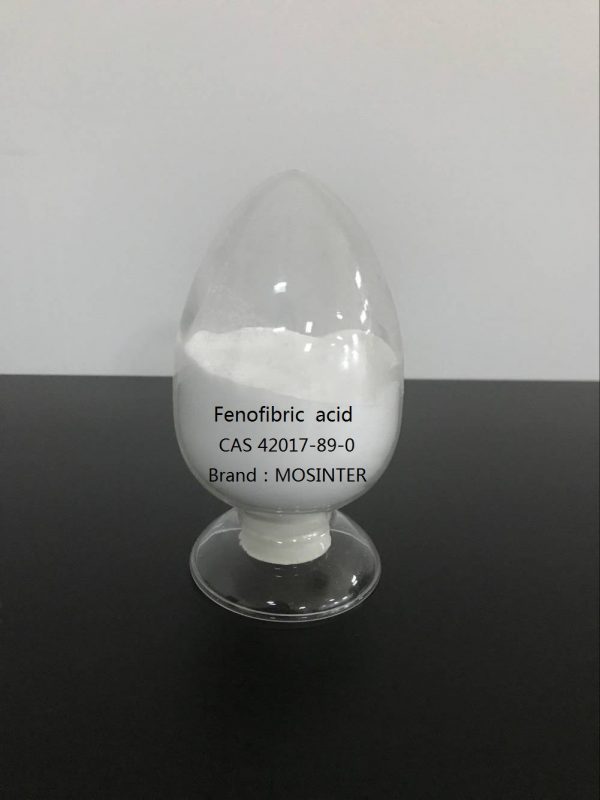
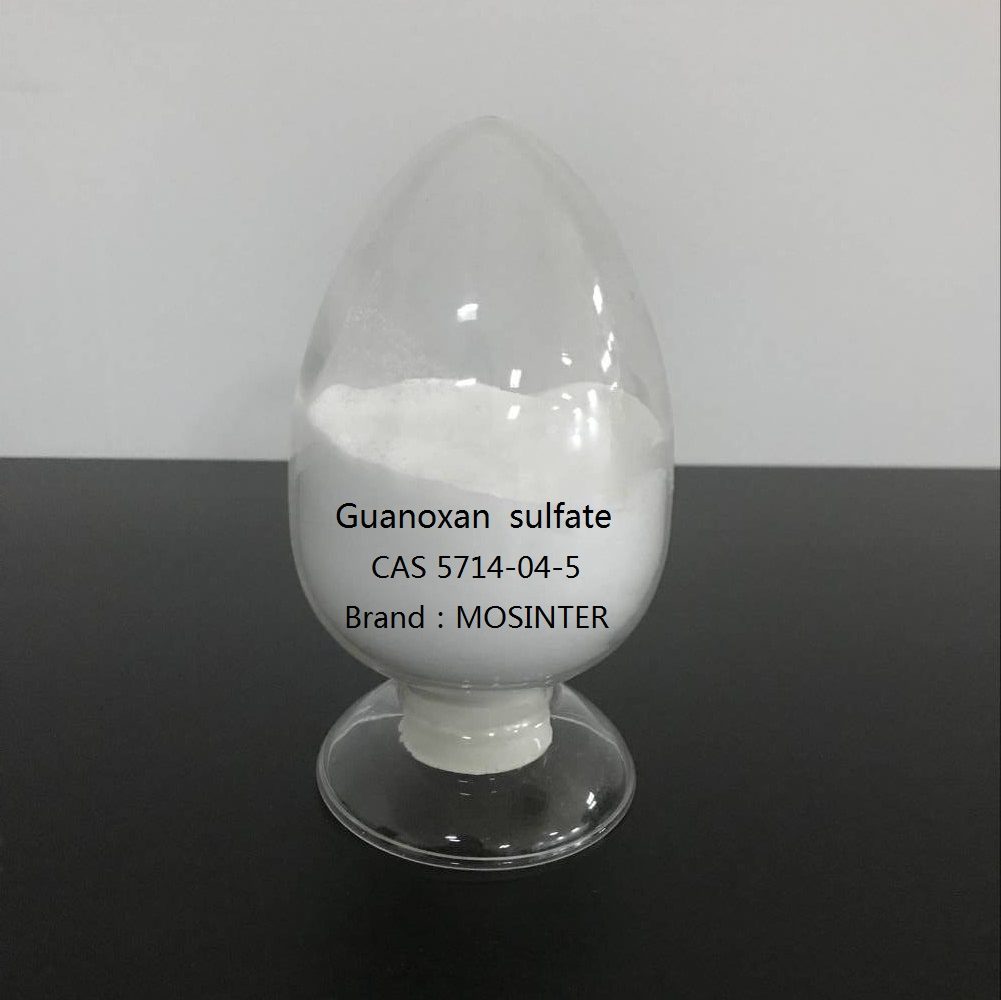
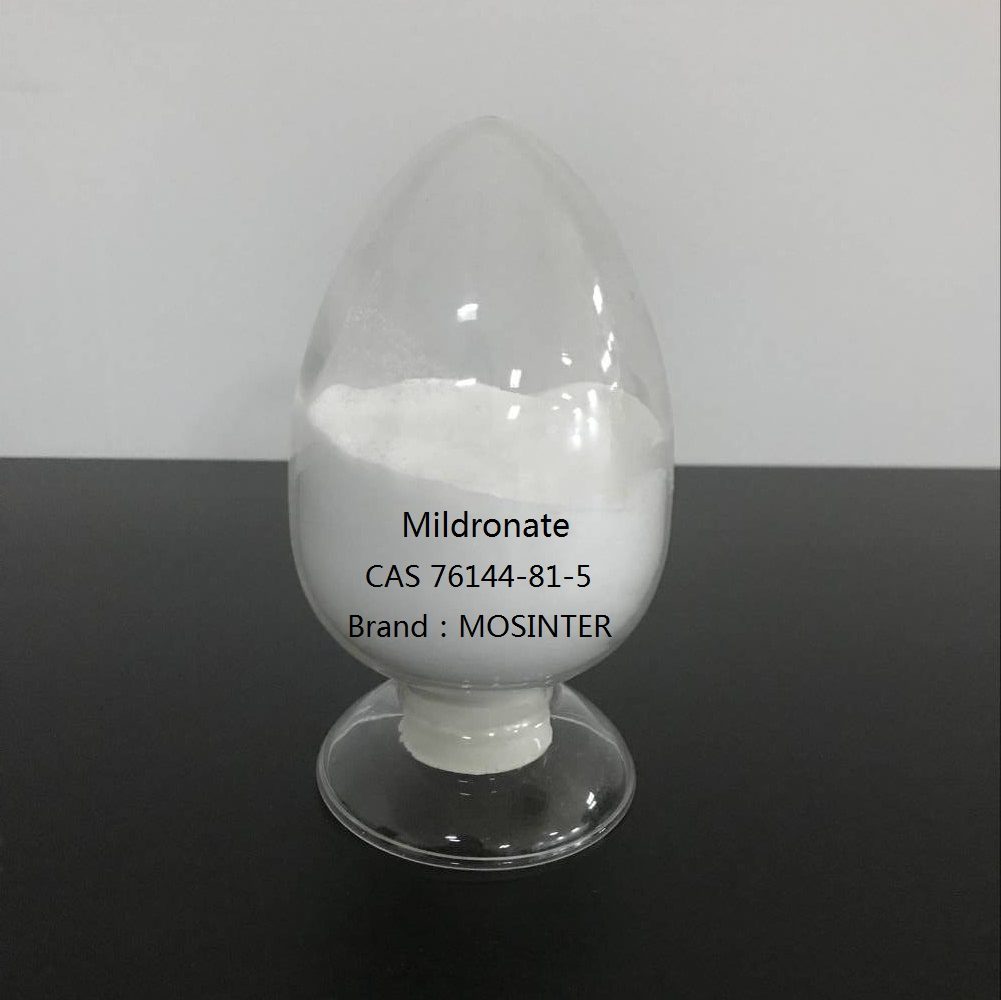
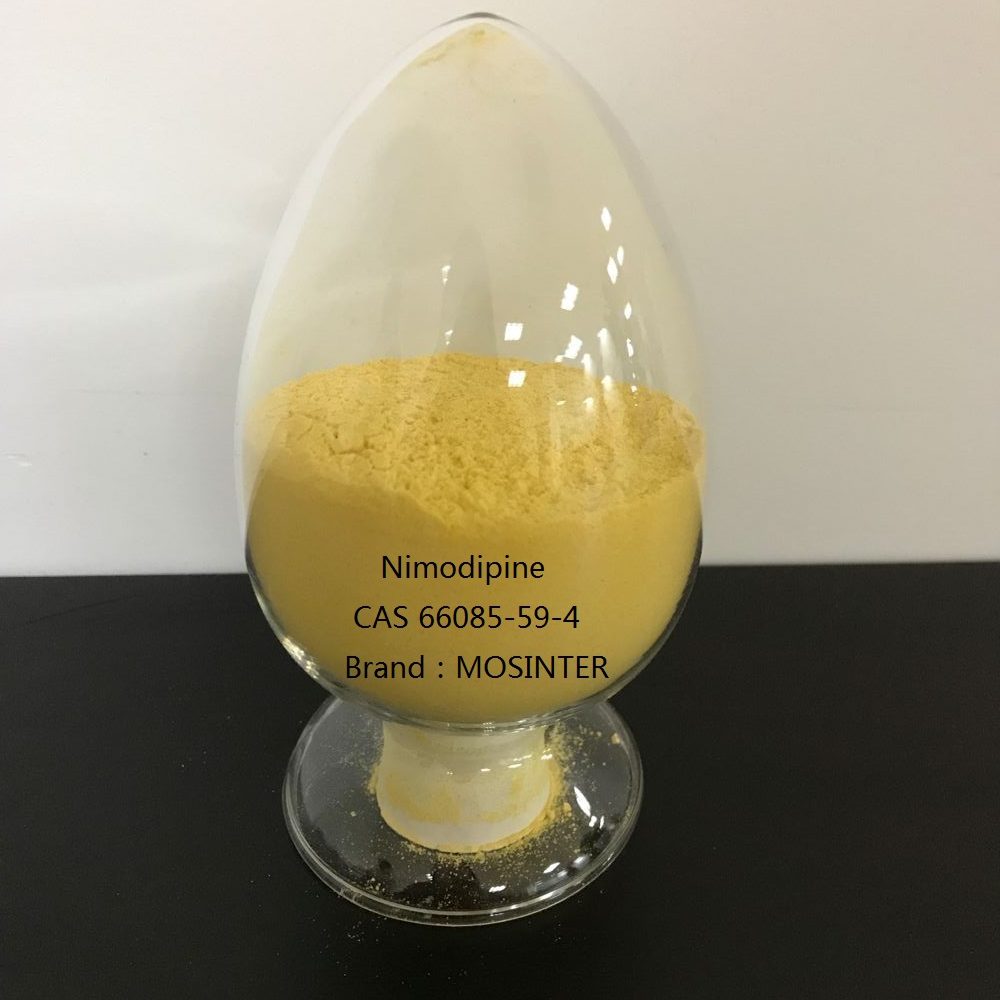
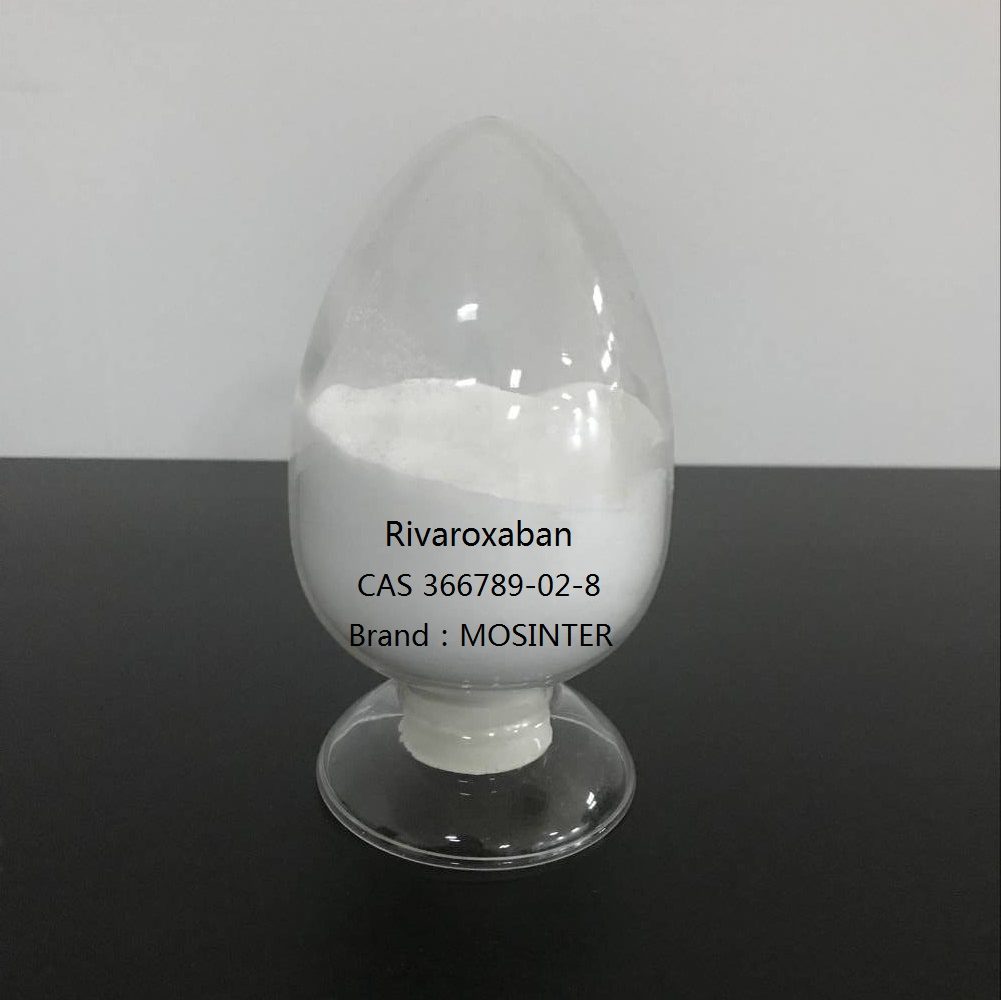
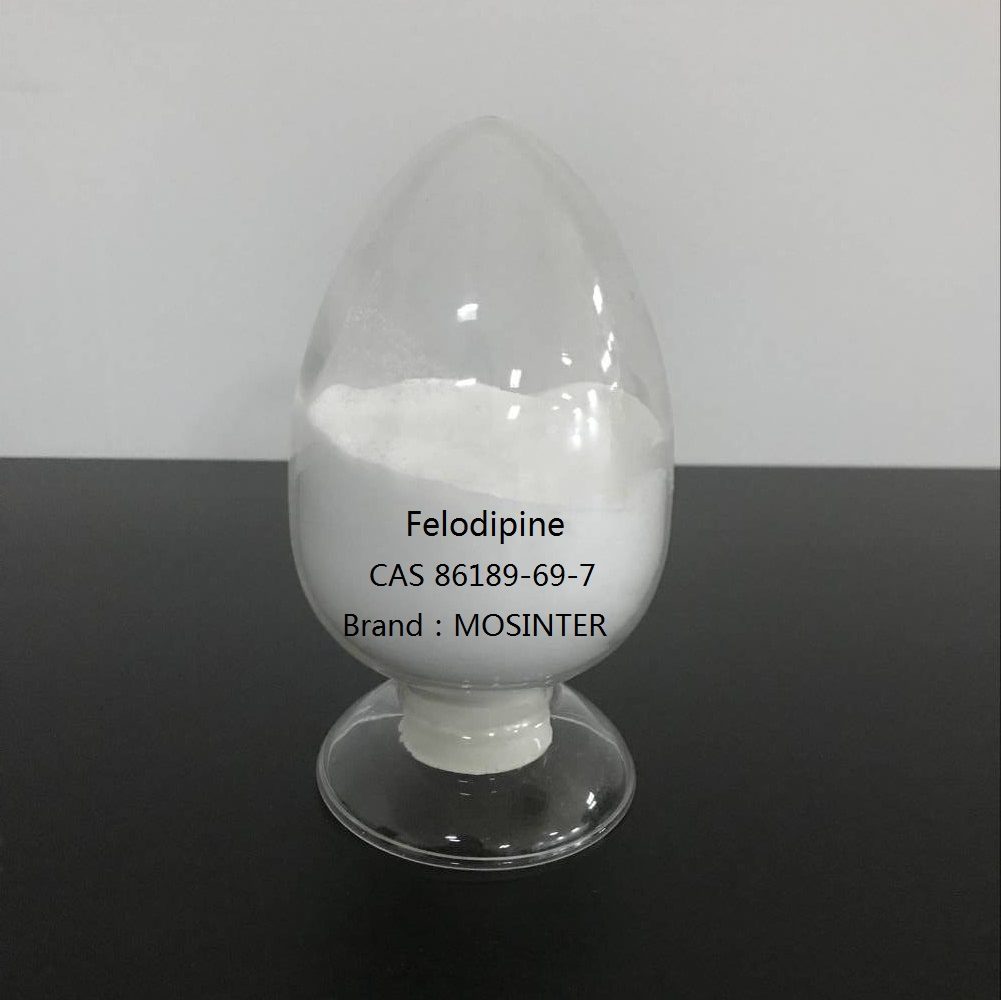
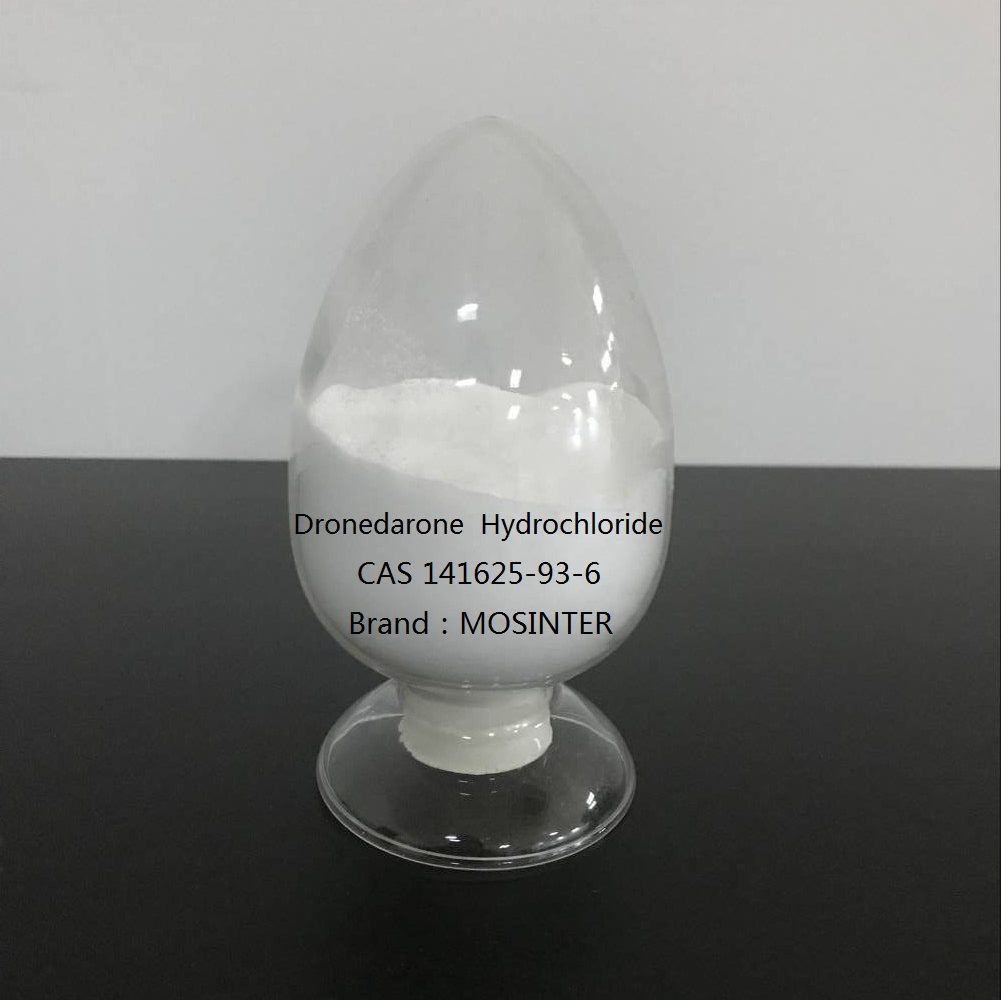
Reviews
There are no reviews yet.